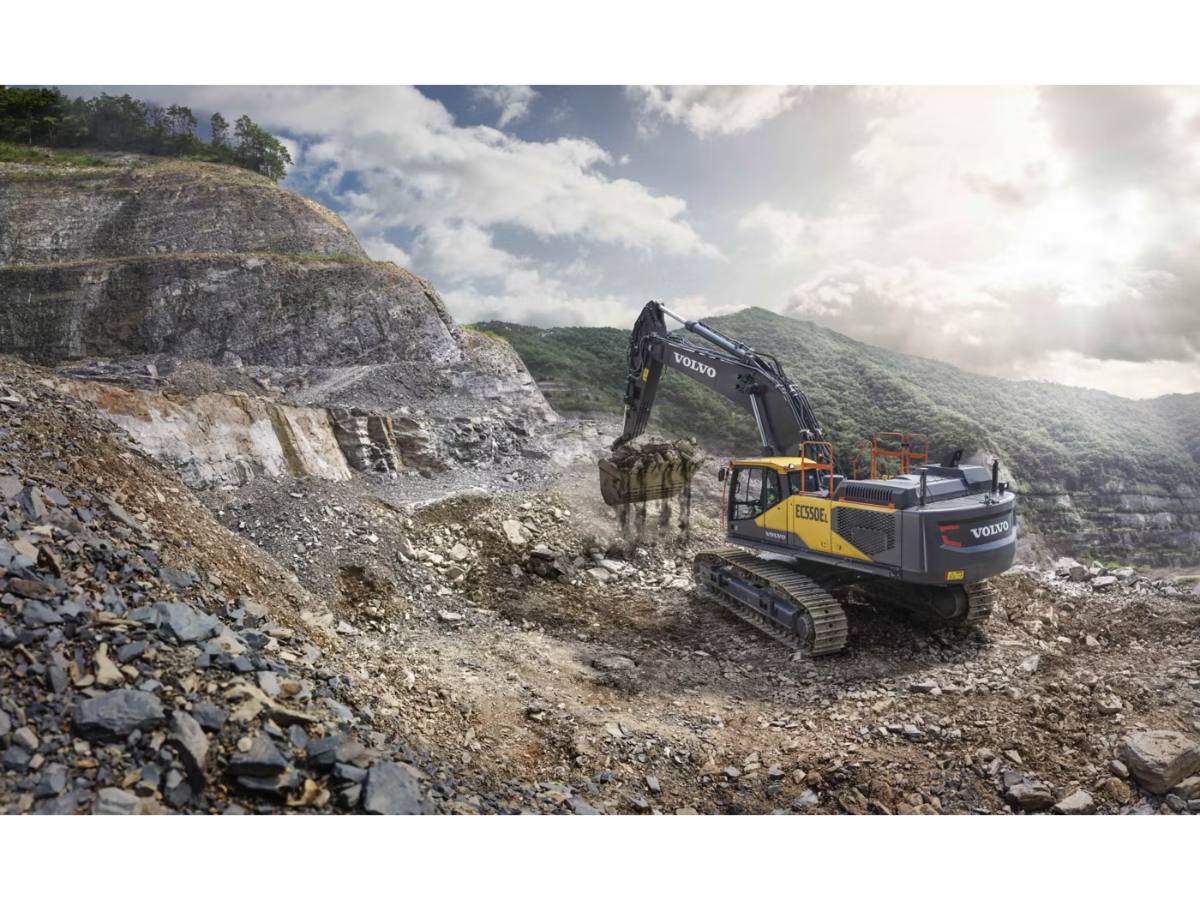Recommend Products
-
$25,000$28,000
-
$12,000$12,800
-
$19,000$18,500
-
$11,000$12,000
The previous issues of TD gave excavator users a brief introduction to the basic faults and manual detection methods of the engine and hydraulic system. Today's issue focuses on the possible faults of the excavator's rotation system and travel motor and how to repair them. Rotation is not actually a high failure rate except for the considered damage and the materials used by the excavator manufacturer. The main faults of most rotating systems are that the wear gap is too large, the rotating system does not stagnate in time, or there is foreign matter damage to the rotating gears, resulting in abnormal noise caused by gear wear, and the normal wear and tear of the metal of old equipment.
As far as the degree of wear is concerned, if there is a slight gap that does not affect the work, maintenance can be avoided in the short term. However, if there is abnormal noise and the rotating gear is judged to be abnormal, it needs to be replaced in time. Metal fragments and uneven force may cause large-scale damage to the rotation. very high.

1. Excavator rotation failure:
- Fault phenomenon: The excavator makes abnormal noises, freezes or cannot rotate when rotating.
- Troubleshooting methods:
- Check whether there is any abnormal noise or heat in the rotating motor, which may be caused by hydraulic oil leakage or internal damage to the motor.
- Check whether the rotating reducer is leaking or damaged. Reducer failure can also cause poor rotation.
- Check whether the rotating support is worn or damaged. Damage to the supporting parts will affect the stability of the rotation.
- Solution: Replace damaged hydraulic components, reducers or rotating supports, clean the hydraulic system to ensure there are no impurities.
2. Excavator walking failure:
- Fault phenomenon: The excavator appears weak, deviates, makes abnormal noise or cannot walk when walking.
- Troubleshooting methods:
- Check whether the walking motor is working properly. Damage to the motor or insufficient hydraulic oil may cause inability to walk.
- Check whether the traveling reducer is leaking or damaged. Reducer failure will affect the traveling speed and stability.
- Check whether the walking track is properly tensioned. If the track is too loose or too tight, it will affect the walking performance.
- Check whether the hydraulic oil circuit is blocked or leaking. Failure of the hydraulic system will cause abnormal walking movements.
- Solution: Replace the damaged motor or reducer, adjust the track tension, clean the hydraulic oil line, and replenish the hydraulic oil.
3. Common troubleshooting:
- Fault phenomenon: There are problems with the rotation and walking of the excavator at the same time.
- Troubleshooting methods:
- First check whether the hydraulic system, including key components such as hydraulic pumps and multi-way valves, are working properly.
- Check the electrical control system, such as sensors, solenoid valves, etc., for faults.
- Check whether the structural parts of the whole machine, such as slewing bearings, frames, etc., are deformed or damaged.
- Solution: Carry out corresponding repair or replacement according to the specific cause of the fault.
The failure rate of the traveling motor has a great relationship with the type of work. The traveling motor of the excavator is not suitable for long-term work. Short-distance and work within the working range will not cause damage to the traveling motor. However, some novice users may not stop walking for a long time to excavate. As a result, the temperature of the walking motor is too high, leading to walking failure. Long-term wear and tear can lead to deformation and loss of the traveling motor gears and excavator tracks, leading to traveling deviations and also leading to excavator traveling failures. Observe and check more. To move the Used excavator over a long distance, you need to contact a tow truck. If conditions are limited, you can take intermittent breaks and lower the temperature according to different usage environments to reduce excessive wear and tear on walking.